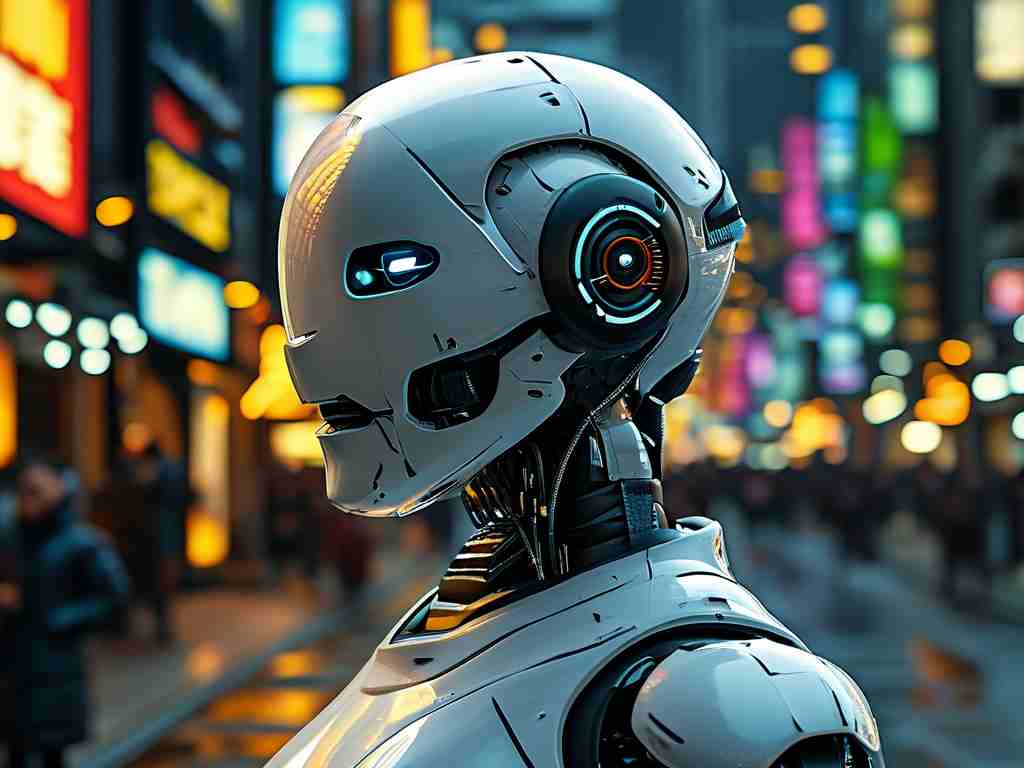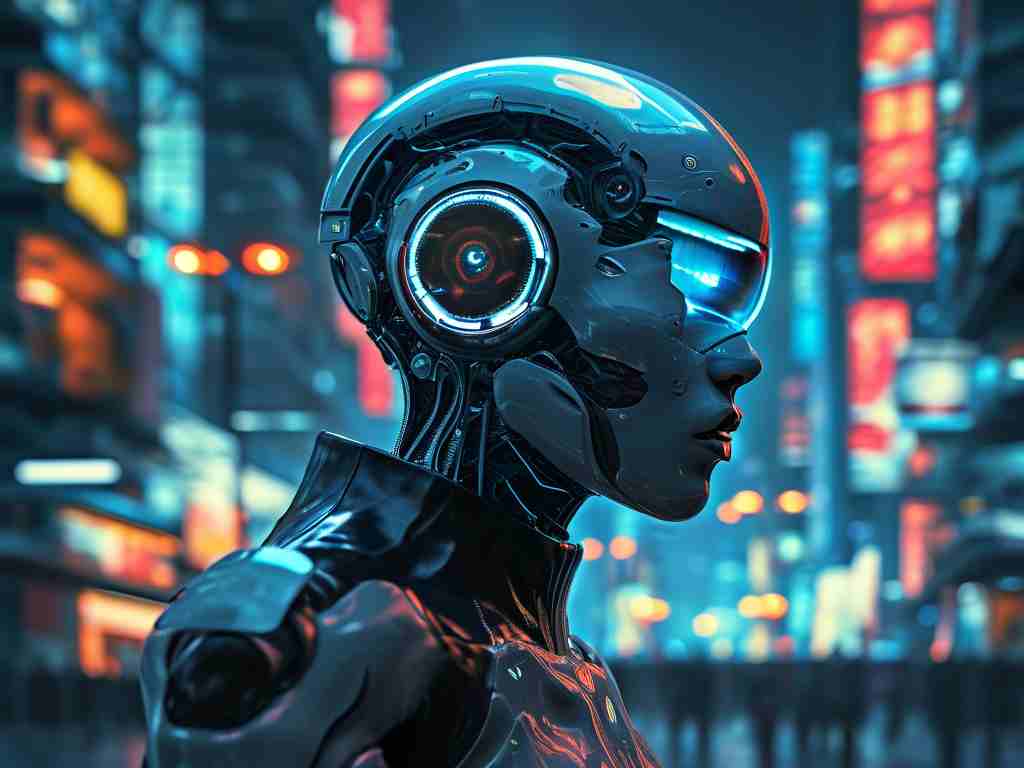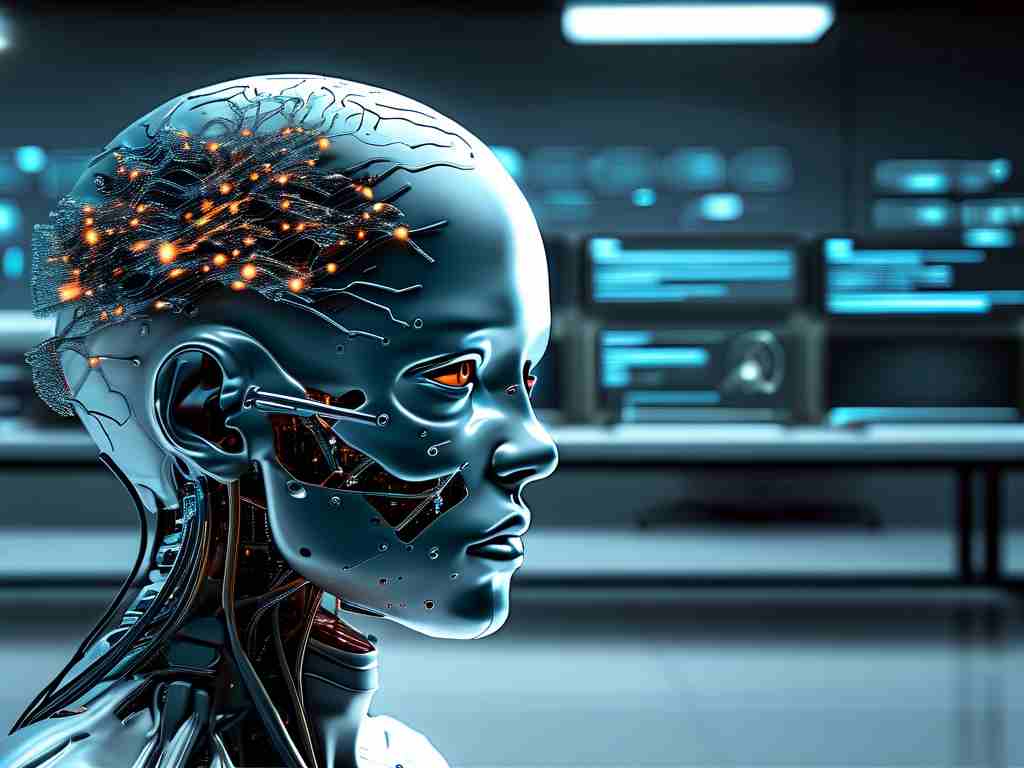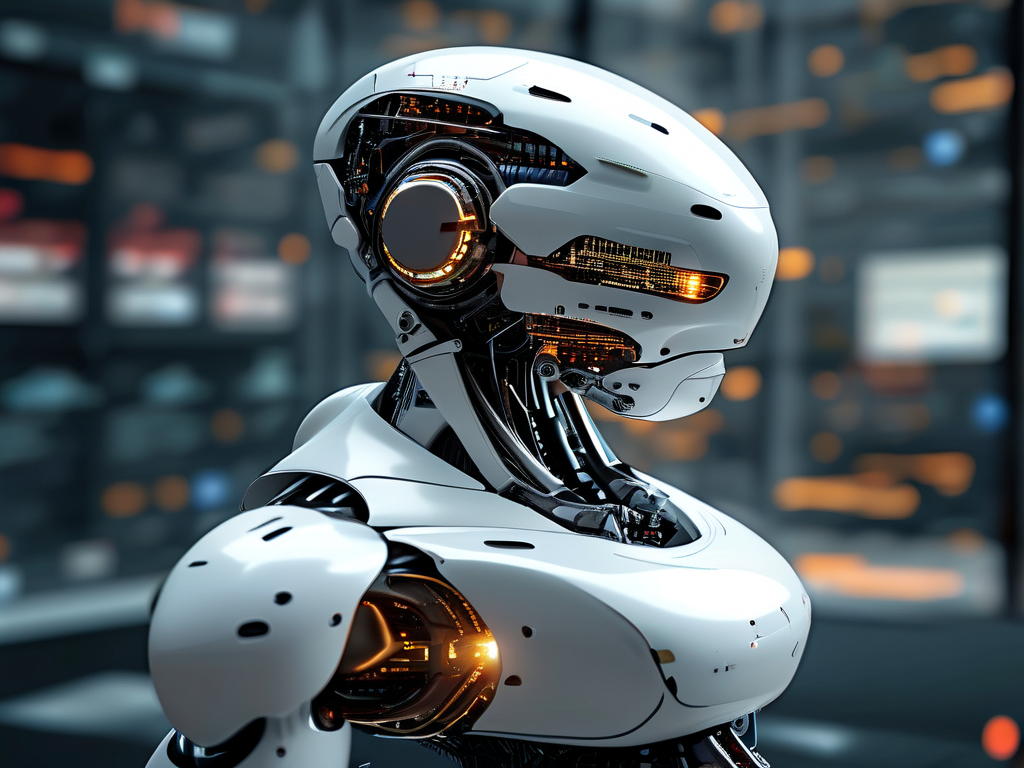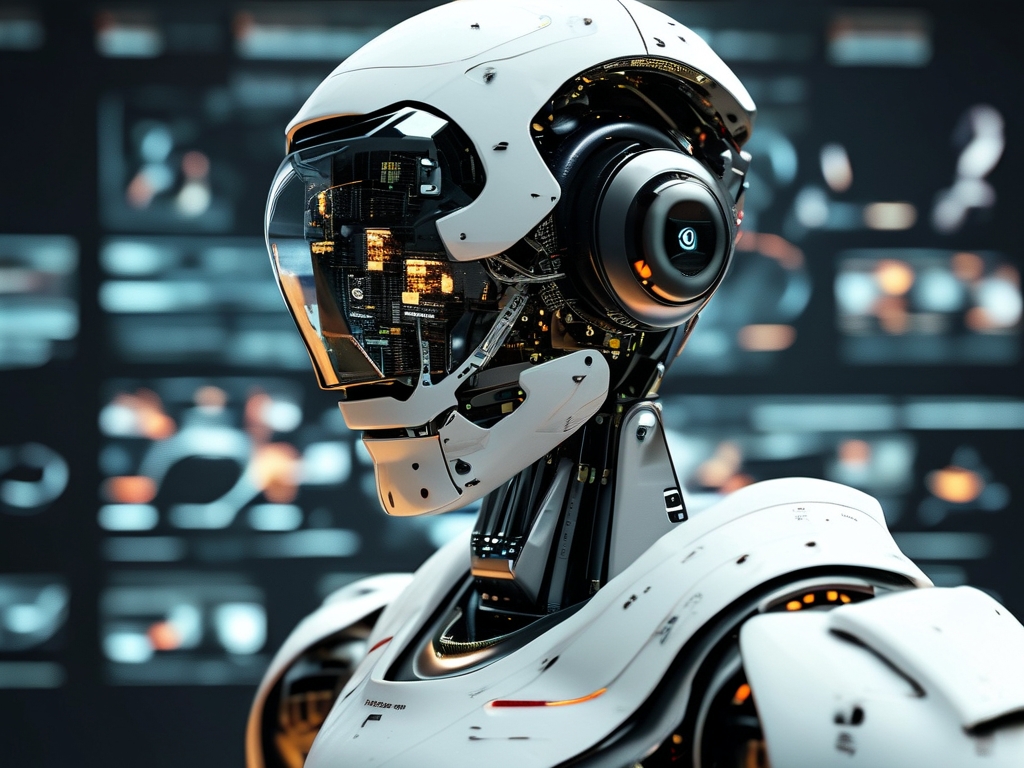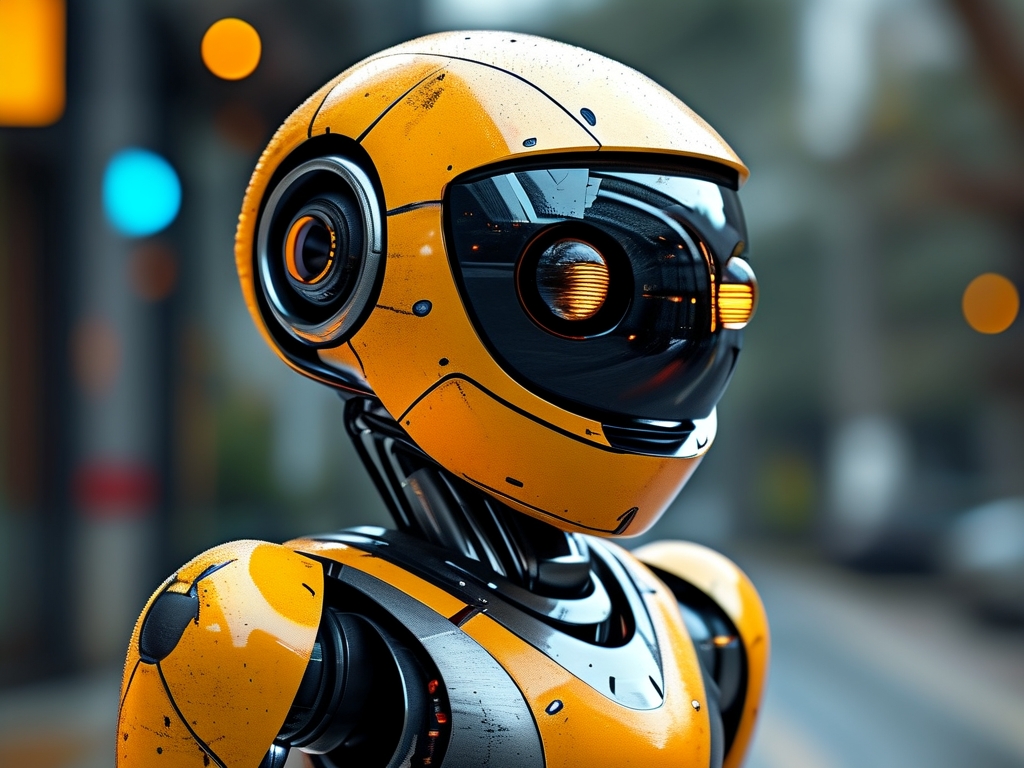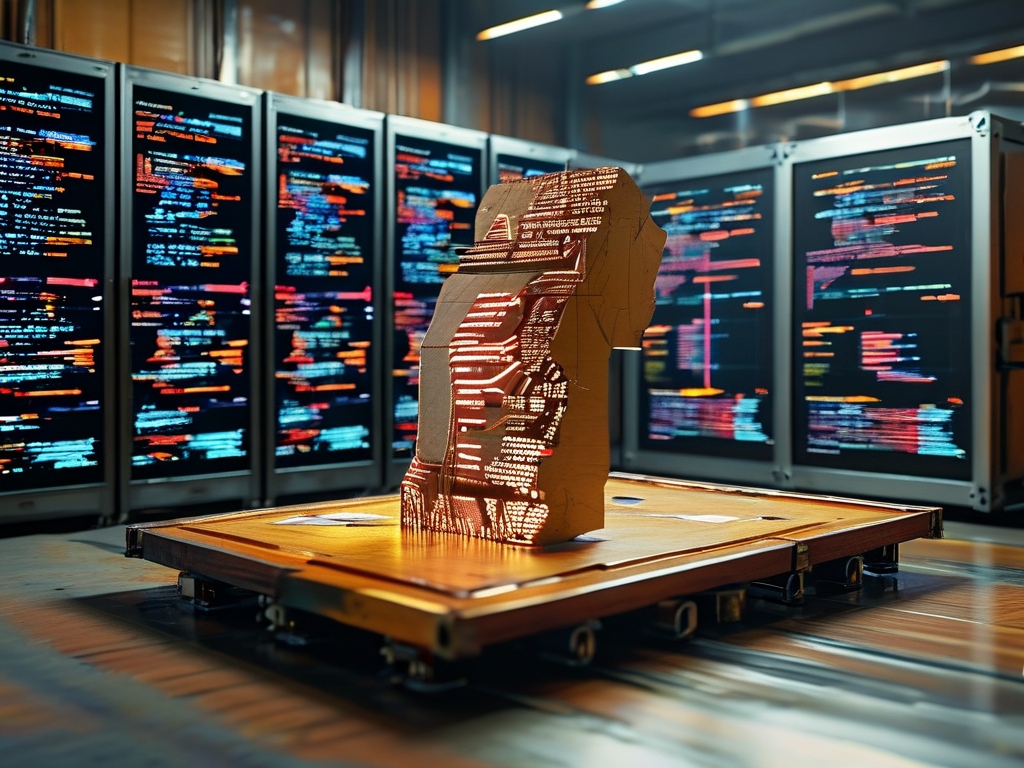The rapid advancement of robotics over the past decade has been fueled by breakthroughs in multiple technical domains. Unlike early industrial robots confined to repetitive tasks in controlled environments, modern intelligent machines demonstrate unprecedented adaptability. This transformation stems from three interconnected technological pillars: adaptive artificial intelligence frameworks, multimodal sensing integration, and self-optimizing mechanical architectures.
At the heart of robotic evolution lies the maturation of machine learning architectures. Neural networks employing reinforcement learning now enable robots to refine their decision-making through environmental interaction. Boston Dynamics' Spot robot exemplifies this through terrain adaptation – its control system dynamically adjusts gait patterns when encountering slopes or debris. Unlike traditional path-planning algorithms requiring pre-programmed responses, these AI models generate context-aware solutions in real time.
Sensor fusion technology acts as the perceptual backbone. Modern robots integrate lidar, stereoscopic cameras, and inertial measurement units through probabilistic filtering systems. Autonomous vehicles demonstrate this principle by combining millimeter-wave radar data with visual inputs – while cameras detect lane markings, radar penetrates fog and rain to identify obstacles. The Robot Operating System (ROS) framework facilitates this integration through standardized communication protocols between sensor nodes and processing units.
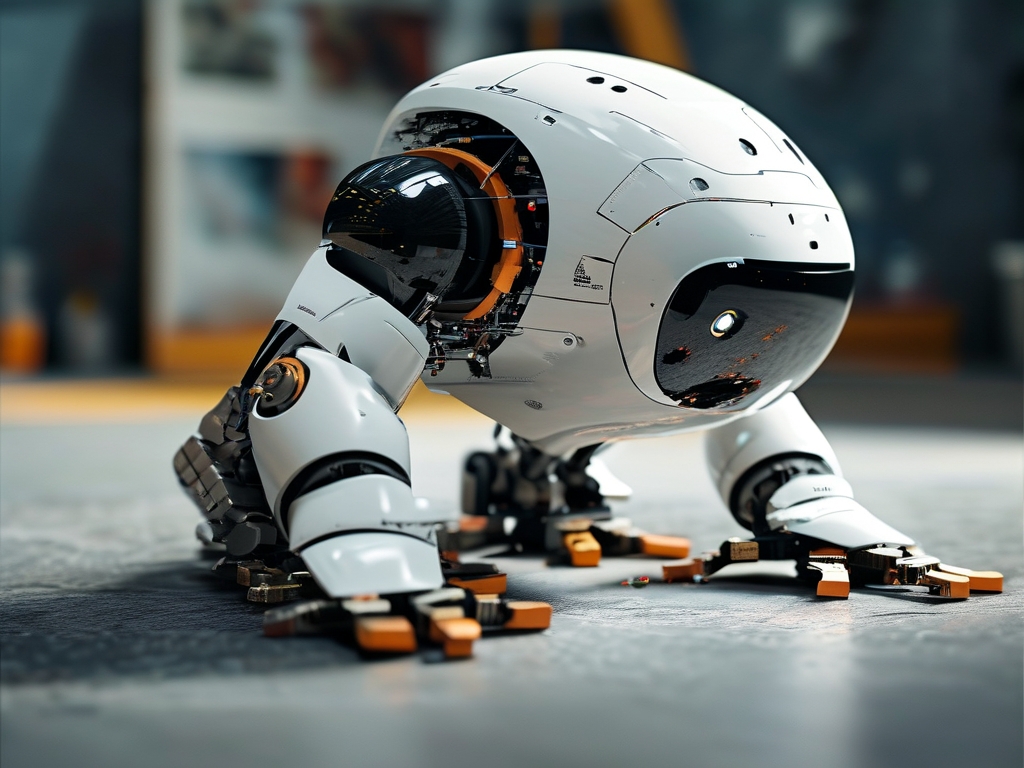
Mechanical innovation complements these digital advancements. Shape-memory alloys and modular joint designs allow robots like NASA's Super Ball Bot to reconfigure their physical structures for different missions. This hardware flexibility, when combined with digital twin simulations, enables rapid prototyping. Engineers can test thousands of virtual iterations before physical production, dramatically accelerating development cycles.
Energy systems constitute another critical frontier. Lithium-sulfur batteries now provide 30% greater energy density than conventional lithium-ion cells, while wireless charging pads enable continuous operation in smart factories. MIT's mini cheetah robot demonstrates efficient power management – its regenerative braking system recovers kinetic energy during abrupt stops, mimicking biological energy conservation mechanisms.
The convergence of these technologies manifests in healthcare robotics. Surgical systems like the da Vinci XI combine force-feedback manipulators with 3D visualization, translating surgeon hand movements into precise micro-incisions. Machine vision algorithms compensate for physiological tremors, while pressure sensors prevent tissue damage. This synergy between hardware precision and algorithmic control redefines procedural accuracy standards.
Ethical considerations emerge alongside technical progress. As robots gain decision-making autonomy through frameworks like hierarchical task networks (HTN), questions about accountability intensify. The European Commission's proposed AI Act mandates risk assessment protocols for autonomous systems, requiring "black box" data recording similar to aviation flight recorders. Technical solutions like explainable AI (XAI) aim to make robotic decision processes transparent without compromising proprietary algorithms.
Looking ahead, neuromorphic computing promises to bridge the efficiency gap between biological and artificial systems. Intel's Loihi chip emulates neuronal plasticity through 130,000 simulated neurons, enabling robots to learn from sparse data like humans. When integrated with quantum computing prototypes, such architectures could solve complex optimization problems in seconds that currently require supercomputing clusters.
The robotics revolution extends beyond technological achievement – it reshapes human-machine collaboration paradigms. Cobots (collaborative robots) equipped with capacitive skin sensors work alongside factory workers, automatically reducing speed when detecting human proximity. This symbiosis demands redesigned manufacturing workflows and new safety standards, illustrating how robotic evolution drives systemic industrial transformation.
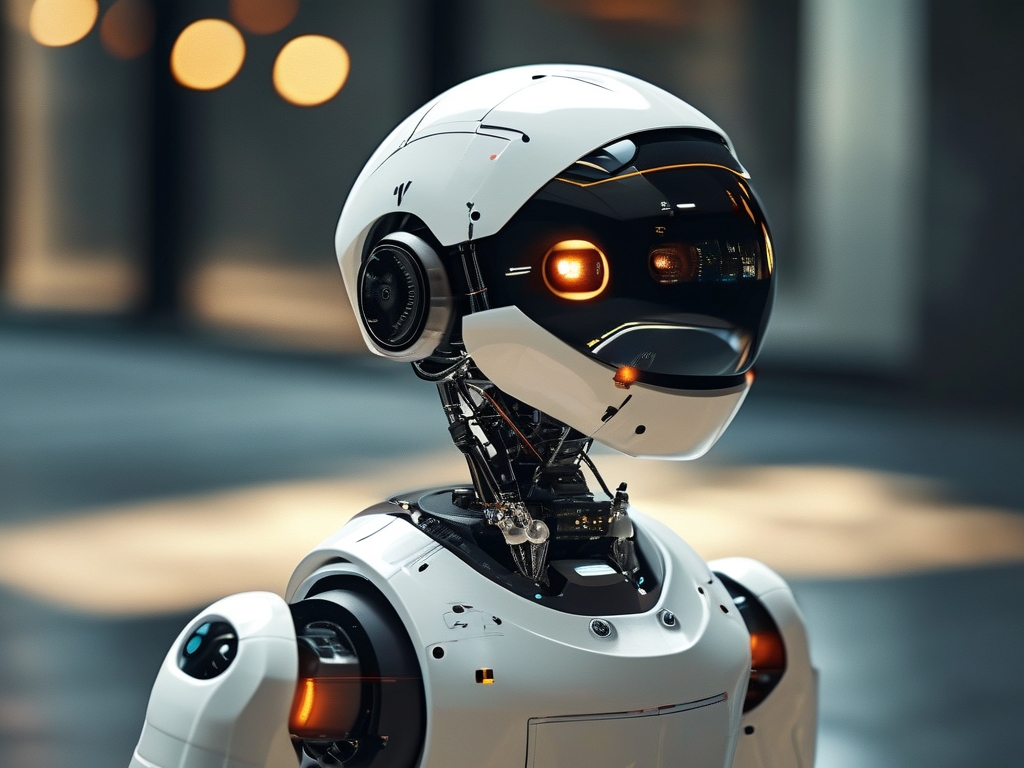
As these technologies mature, their combinatorial effects will accelerate development exponentially. The next generation of robots won't merely execute predefined programs but will demonstrate contextual understanding, physical adaptability, and collaborative intelligence – capabilities that redefine our relationship with intelligent machines.


